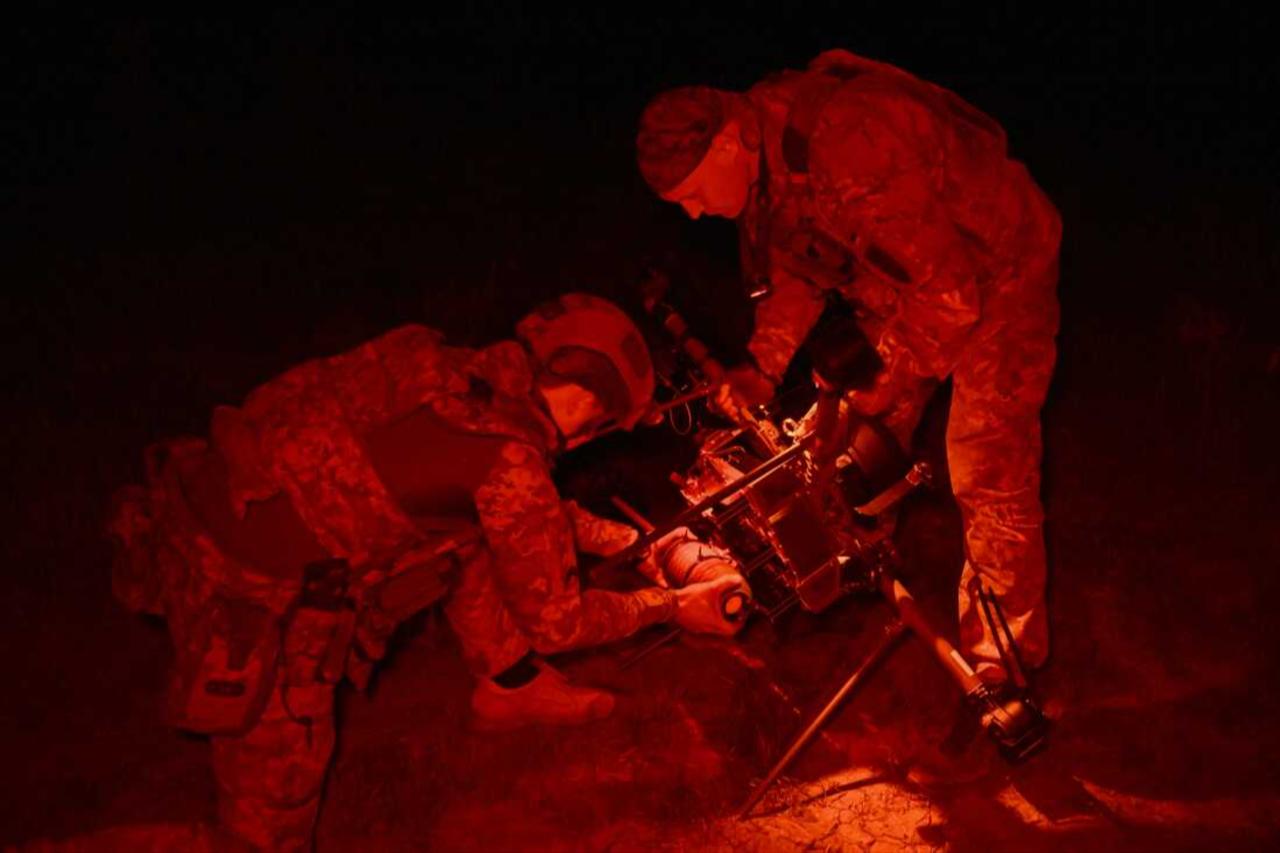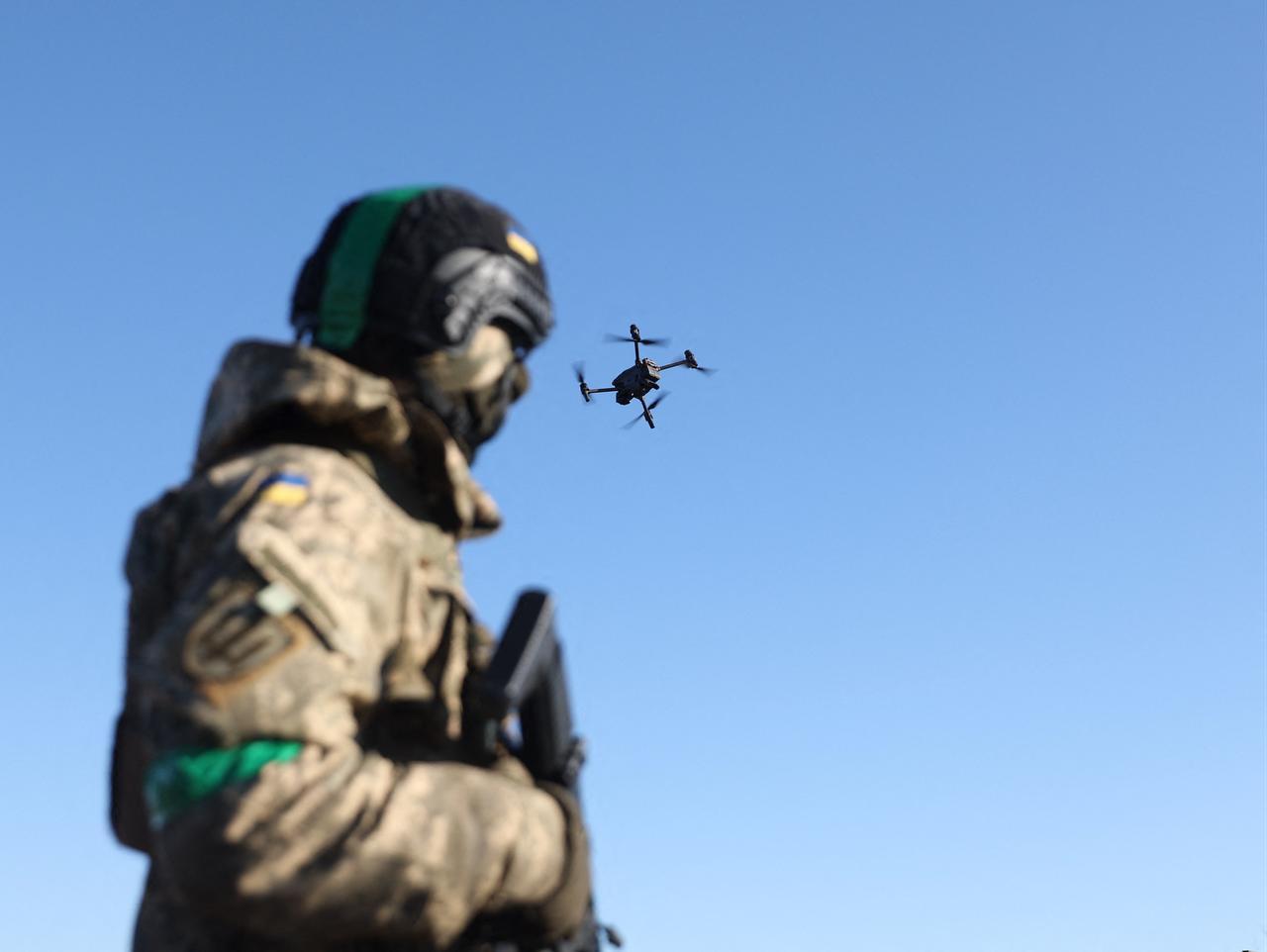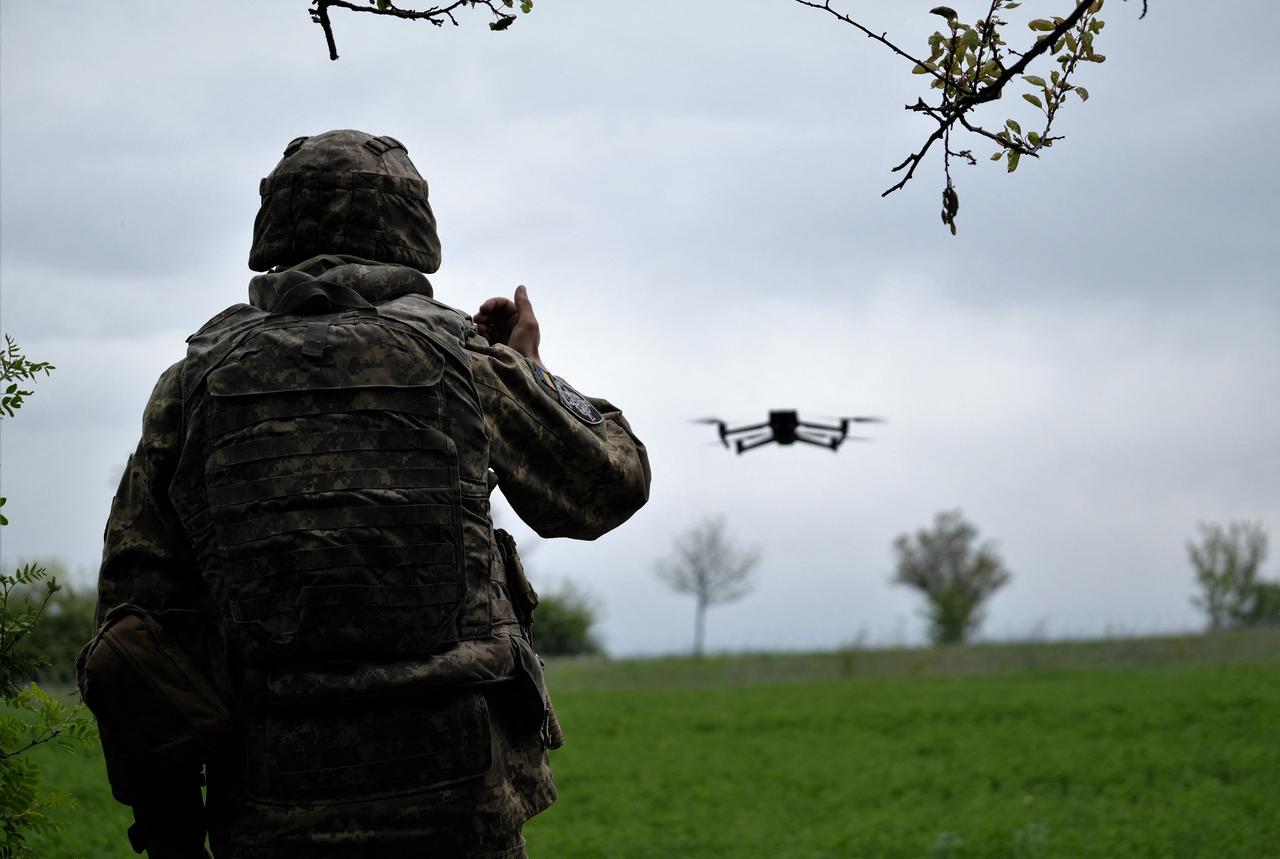
Russia has intensified attacks on Ukraine’s railway infrastructure using upgraded long-range drones equipped with cameras and real-time video feeds, enabling more precise strikes, Ukrainian officials said.
Earlier this month, Russian drones struck the Shostka train station in northeastern Ukraine, killing a 71-year-old man, injuring at least eight people, and damaging commuter trains. The town lies less than 70 kilometers (43 miles) from the Russian border.
Ukrainian officials say railway attacks have doubled since mid-summer. Oleksandr Pertsovskyi, CEO of the state railway, said Russia’s forces are now targeting locomotives directly with “very precise Shahed drones.”
Deputy Prime Minister Oleksii Kuleba said there have been 300 attacks on railway infrastructure since August, averaging 10 per week. The network carries 63% of freight and 37% of passenger traffic, making it essential for the country’s economy and military logistics.

Serhii Beskrestnov, a Ukrainian military drone expert, discovered after examining a drone that it was AI-powered, able to locate and strike targets autonomously, and unlike other models, it emitted no signals, making it impossible to jam. He said locomotives are especially vulnerable due to their slow, predictable routes.
A Ukrainian Defense Ministry official said a recovered Geran-type drone, a Russian version of the Iranian Shahed, was fitted with a civilian camera and radio modem, evidence that Moscow is testing new precision systems.

Despite repeated strikes, Ukrainian rail workers continue rapid repairs to keep trains running. In Kyiv, repair leader Maksym Shevchuk said traffic resumed within half a day after a missile destroyed 12 meters (39 feet) of track.
Freight volumes dropped 11.7% and passenger traffic 4.2% in the first eight months of 2025, official data showed. Economist Nataliia Kolesnichenko said the impact remains “negative but marginal,” crediting fast repairs and rerouting.
Pertsovskyi said maintaining operations is key to morale. “It is paramount to show Ukrainians—and the enemy—that these attacks are not going to bring the expected results,” he said.